Kogosho
| Establishment | Kyoto Imperial Palace |
|---|---|
| Type | Building |
| Period | showa era |
| Construction Date | 1958 |
| Structure | One-story wooden structure with Hinoki cypress-bark-shingled roof |
The Kogosho is a palace that began to be built in the Imperial Court from the medieval period. It features a central area with three tatami-matted rooms arranged in
The layout of the Kogosho, featuring upper, middle, and lower floor-level rooms, was designed to accommodate Imperial audiences with samurai and envoys from the shogunate. It is best known for the “Kogosho Conference,” held during the Meiji Restoration to discuss the treatment of Tokugawa Yoshinobu following the Taisei Hōkan (the formal return of political authority to the Emperor).
The Kogosho has occasionally served as a substitute for Heian-period palace buildings with historical significance, particularly during important imperial ceremonies. Alongside the
Reflecting its ceremonial role, the Kogosho features architectural elements similar to those of the Seiryōden, including fusuma shōji (sliding doors decorated with
Due to its high practicality, the Kogosho was also used for various purposes, such as waka poetry gatherings and musical performances.



